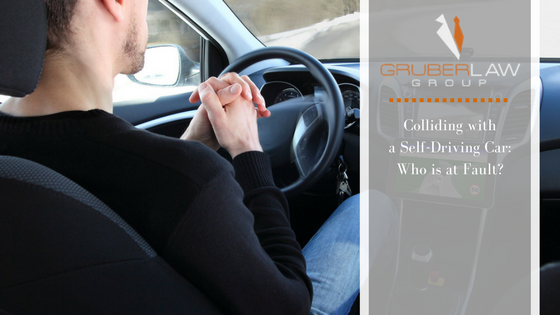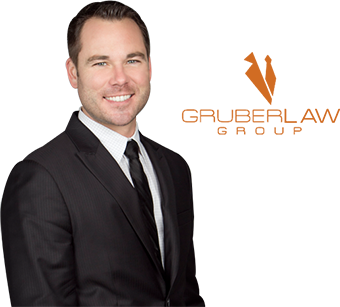 As more and more self-driving car pilot tests hit the road in places like San Francisco, people are worried that these autonomous vehicles might accidentally hit them.
As more and more self-driving car pilot tests hit the road in places like San Francisco, people are worried that these autonomous vehicles might accidentally hit them.
If this happens, the laws surrounding liability are currently a legal gray area. Occupants of self-driving vehicles may have the chance to manually override the systems and avert a crash, but where does their responsibility begin? And will manufacturers opt to assume their fair share of liability or will they fight tooth and nail to diminish the amount of damages they would have to pay?
Questions like these will cause self-driving cars to become a frontier of legal discussions and government regulations for decades to come. In the meantime, consider the following most commonly raised points in the current discussion, and remember that you can contact a San Francisco car accident lawyer to represent your case any time you are injured in a collision.
When Third Parties Are at Fault
If you or another party involved in an accident have clearly demonstrated negligent or reckless behavior, then the self-driving car in question will not face any liability whatsoever. You may be able to obtain compensation from any other involved drivers, but this is the only scenario where there would be no legal gray area concerning the self-driving car’s fault.
When Semi-Autonomous Cars Are Used Improperly
Currently, there are very few actual 100 percent self-driving cars operating on roads that do not require human guidance. Instead, the majority of vehicles with self-driving capabilities only provide “assistance” to drivers, and drivers are expected to intervene or terminate the controls in the event of a serious incident.
One such incident occurred in Florida, when a Tesla S vehicle operating on “Autopilot” mode drove straight into the side of a freight truck. Tesla was immediately scrutinized in an investigatory probe that aimed to assess their share of responsibility for the accident.
In this specific incident, the National Highway Traffic Safety Administration (NHTSA) decided that the driver of the vehicle failed to heed specific warnings and that he was not giving the road his “full attention” as the system itself repeatedly advises when activated.
For these scenarios, where a not-completely autonomous system makes mistakes but gives drivers advice and opportunities to be ready to intervene, a driver of a semi-self-driving vehicle may be found at fault based on previous decisions.
Manufacturer Responsibility for Self-Driving Cars
In the event that a fully autonomous self-driving vehicle makes a mistake that leads to an accident, many manufacturers are leading the charge for responsibility by saying they will assume liability for such accidents. Google and Volvo have made public disclosures of these policies so far, and while they do not amount to airtight legal contracts, they do signal a promising trend that will help guide regulators and attorneys.
The only catch is that these agreements only hold up for “flaws” in self driving systems, not incidents where something else could have been the cause. So how might one test whether or not a self-driving car made a genuine mistake? Only time will tell, but two possible options include products liability law versus a tougher test of negligence.
In a negligence test, the self-driving AI (artificial intelligence) could be scrutinized like a human driver would. Did they make a mistake? Would a reasonable person have acted differently in their situation, either by reacting to the situation differently or not making a dangerous move to begin with? This test can potentially allow accident victims to claim compensation from the manufacturer, including the occupant of the self-driving car.
Products liability law could open up a more direct avenue for manufacturer liability since these laws involve a “strict liability” test where the intent or actions of the manufacturer (or their product) are not in question, but rather the danger or defective status of the product itself. This difference means that a self-driving car manufacturer may not be able to claim that an AI operated as a “reasonable person” would, but rather that the AI caused a dangerous situation to begin with.
Determining Self-Driving Car Liability With a San Francisco Car Accident Lawyer
Only time will tell how cases like these play out as regulations and legal precedents are made. Each case in the meantime will be a trial-by-fire for accident victims hoping to recover damages for their injury.
If you have been injured in an accident with a self-driving car or a car using “autopilot” type features, the legal questions involved will be quite complex and likely venture into uncharted territory. Protect your interests and greatly increase your chances of successful recovery when you contact a San Francisco car accident attorney today.









Leave a Reply